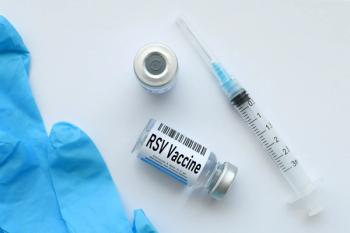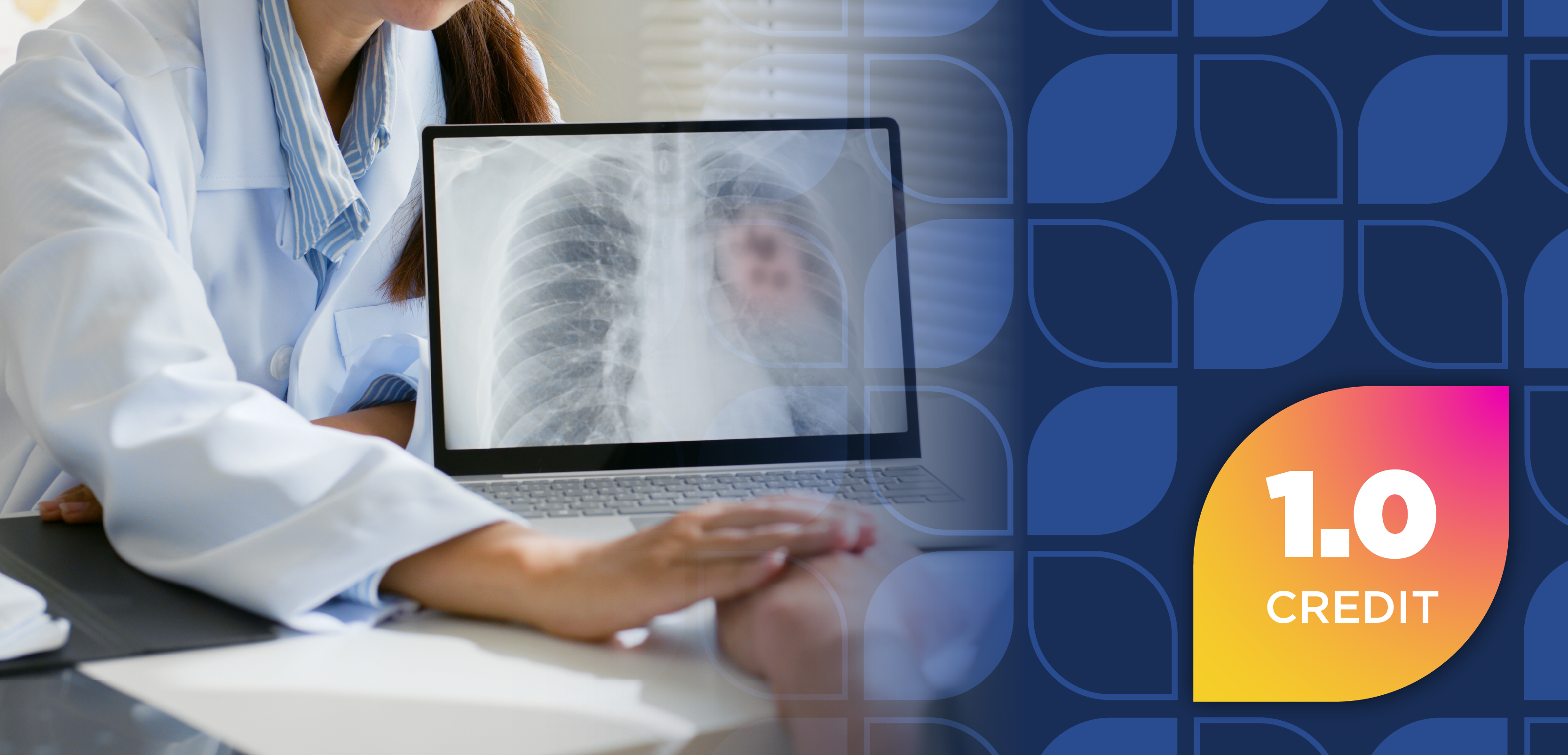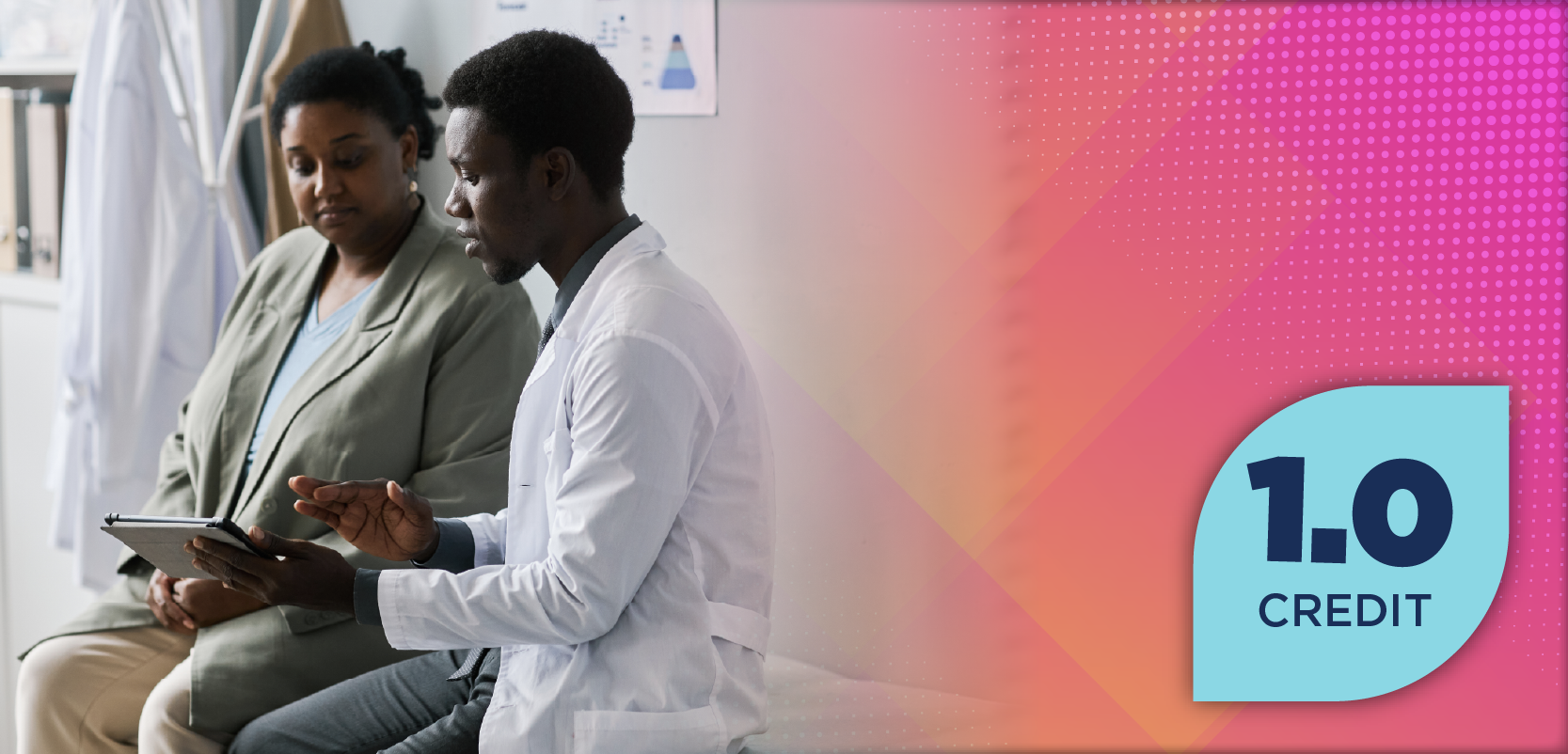
RBX2660 Leads to Recurrent-Free Outcomes for Patients With Clostridioides difficile Infection
Among individuals who received systemic antibiotics within 8 weeks, 6 months, 12 months, and 24 months of receiving fecal microbiota, RBX2660 prevented recurrence.
Among individuals who received systemic antibiotics within 8 weeks, 6 months, 12 months, and 24 months of receiving fecal microbiota, RBX2660 (Rebyota; Ferring Pharmaceuticals), 91.6%, 95.7%, 90.6%, and 83.3%, respectively, were recurrent-free from Clostridioides difficile infection (CDI), according to results of a phase 2 open-label trial (NCT02589847). Furthermore, 86% of individuals were recurrent-free at the time they were evaluated.1
In the study, the durability of RBX2660 was evaluated in adults--following antibody treatment for recurrent CDI (rCDI)--who received systemic antibiotics for an indication other than CDI after treatment with live biotherapeutic products. Live biotherapeutic products are an adjunctive therapy designed to help prevent rCDI, according to the study authors.1
In the PUNCH CD trial (NCT01925417), 34 individuals included in the study were aged 18 years or older who had either 2 or more rCDI episodes with the standard-of-care antibiotics therapy after the first CDI or 2 or more severe CDI that required hospitalization. Individuals were 67.4% male and 97.7% had 3 or more rCDI episodes before receiving RBX2660. Further, individuals received 2 doses of RBX2660 rectally administered approximately 7 days apart, according to the study authors. The investigators reported outcomes at various timepoints for individuals who were treated with RBX2660 and subsequently received the non-CDI systemic antibiotics.1
Approximately 79.1% of the individuals were treated with antibiotic monotherapy, 65.1% were treated with 1 course of treatment, and 88.4% did not receive CDI prophylaxis, according to the study authors. After the second dose of RBX2660, the median time-to-treatment with antibiotics was 155 days while the median duration of treatment per antibiotic course was 8 days. The most common indication for the antibiotic usage was urinary system infections, according to the investigators.1
In August 2023, RBX2660 also demonstrated safe and effective results in reducing rCDI after standard-of-care antibiotics with a sustained response through 6 months, according to the 3 PUNCH CD3 study (NCT03244644). In the study, the primary endpoint was treatment success, defined by the absence of CDI diarrhea, within 8 weeks of the study treatment.
Of the 320 patients, 180 received RBX2660 and 87 received the placebo. The results demonstrated that the treatment success was 70.4% and 58.1%, respectively. For safety, the investigators found that it was generally well tolerated with manageable adverse events.2
References
- Reveles K, Gonzales-Luna AJ, Golan Y, Alonso CD, et al. Efficacy of fecal microbiota, live-jslm after receipt of non–Clostridioides difficile infection antibiotics: post hoc subgroup analysis of a phase 2 open-label trial. ID Week 2023. Boston, Massachusetts. Accessed October 5, 2023. Email.
- Gallagher A. RBX2660 demonstrates safe, effective results treating recurrent Clostridioides difficile infection. Pharmacy Times. August 30, 2023. Accessed October 5, 2023. https://www.pharmacytimes.com/view/rbx2660-demonstrates-safe-effective-results-treating-recurrent-clostridioides-difficile-infection
Newsletter
Stay informed on drug updates, treatment guidelines, and pharmacy practice trends—subscribe to Pharmacy Times for weekly clinical insights.






































































































































































































